Trump’s civil fraud trial put his real estate portfolio under a microscope. These properties didn’t check out
New York attorney general investigated 23 Trump properties and assets in case against former president
After an exhausting and thorough 11 weeks of testimony focused on accounting and real estate and a long wait for the final verdict, the civil fraud trial of Donald Trump and the Trump Organization has concluded.
The former president and his co-defendants have been ordered to pay $363.9m in disgorgement and $100m in interest following a ruling by Justice Arthur Engoron who presided over the trial at the New York State Supreme Court.
The case centred around what New York Attorney General Letitia James described as an “astounding” level of fraud and deceptive business practices over more than a decade.
She says that during this time, the former president and his associates “grossly and fraudulently” inflated the value of his properties to obtain tax, loan and insurance incentives.
Ms James’s office brought the case against the former president, his two adult sons and company executives in September 2022, publishing a bombshell 222-page civil suit alleging that Mr Trump inflated his net worth to “deceive banks and the people of the great state of New York”.
She described the multiple “statements of financial condition” prepared by his former accounting firm Mazars for nearly all of Mr Trump’s marquee properties as “exaggerated, grossly inflated, objectively false, and therefore fraudulent, and illegal”.
The lawsuit follows a three-year civil investigation into at least 23 of his properties and assets, with Ms James’s office finding at least 11 of Mr Trump’s annual financial statements included more than 200 false and misleading asset valuations.
So what more did we learn about Mr Trump’s real estate holdings during the trial? There were a lot of numbers as the attorney general’s counsel laid out its case, and a lot of hyperbole from the Trump family as the defence laid out its argument — including Donald Trump Jr taking the court through a timeline of the real estate business, praising his father for the “boundaries he pushed” and calling him an “artist with real estate” who has “incredible vision where other people don’t”.
Here’s a look at the key Trump properties that were discussed the most over the 11 weeks in court.
The famous triplex penthouse
Let’s start at the heart of the real estate empire, Trump Tower, on the corner of East 56th Street and Fifth Avenue in midtown Manhattan.
Crowning the building is the former president’s personal triplex apartment, which was valued on the basis that it covered 30,000 square feet. It is in fact just under 11,000 square feet, according to the office of the attorney general, and was listed as that in a document from October 1994.
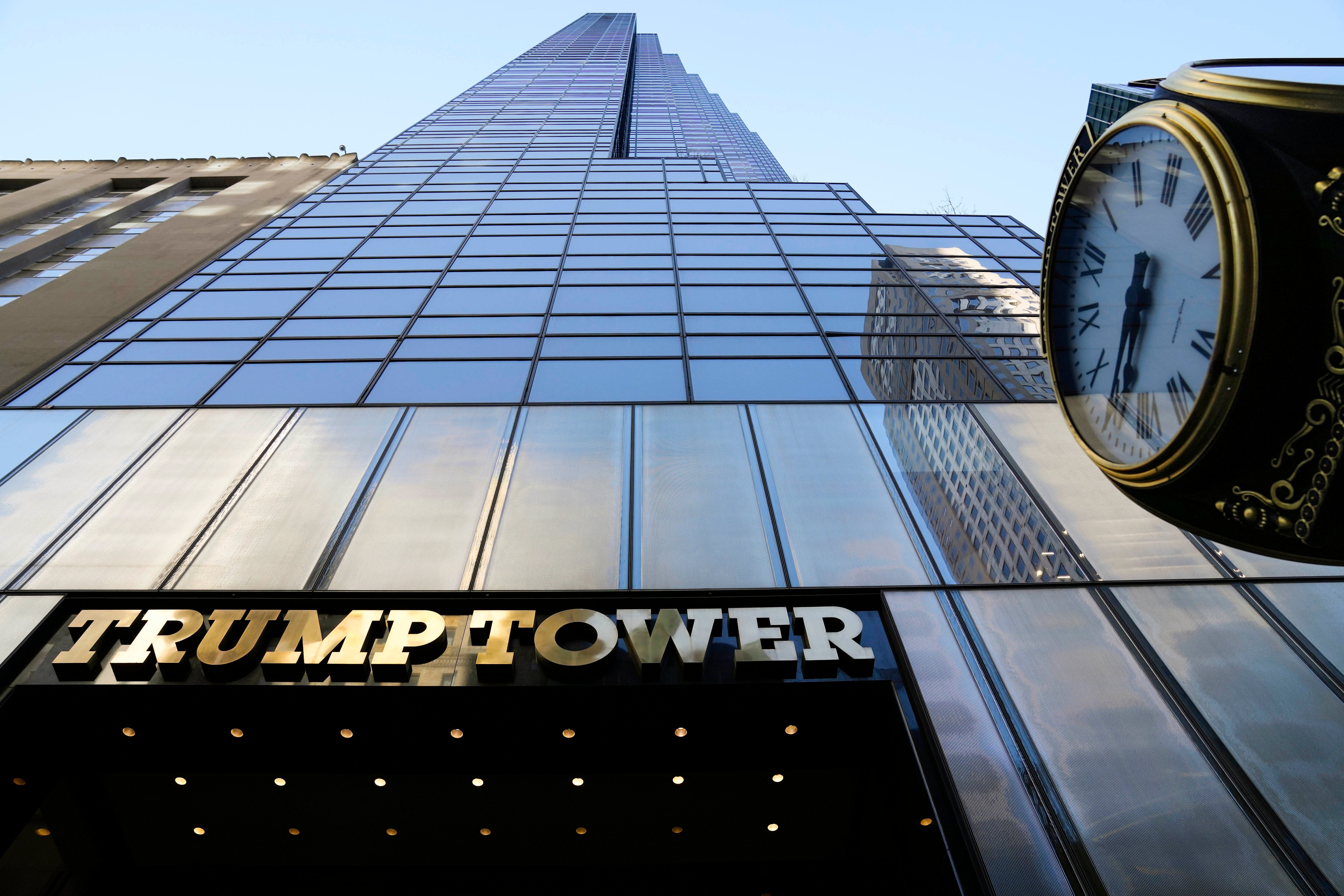
In 2015, the apartment was valued at an “absurd” price of $327m, putting the value at $29,738 per square foot, according to Ms James’s office.
“In 30-year-old Trump Tower, the record sale at that time was a mere $16.5m at a price of less than $4,500 per square foot,” according to her office.
At the trial, the penthouse was brought up numerous times with the aim of establishing who had falsified the size of the property — something first uncovered by Forbes in 2017.
Former Trump Organization controller Jeffrey McConney said he got the 30,000-square-foot figure from Kevin Sneddon in the company’s realty sales arm. Mr Sneddon said he got it from former finance chief Allen Weisselberg, who said he didn’t “walk around knowing the size” of the apartment.
In his testimony, Mr Trump was asked if he was involved in the change in reported size. The former president replied “probably,” and gave several possible explanations for the miscalculation including access to the roof.
He maintained that “they just made a mistake” and acknowledged under oath its true size, while still bumping it up as he answered: “They say 11-to-12-to-13,000 feet.”
After Forbes reported on the true size of the penthouse, the company reported its value as $117m.
Trump Park Avenue
A little uptown from the epicentre of Trumpworld, Trump Park Avenue appeared on financial statements with values ranging from $90.9m and $350m from 2011 to 2021, according to the attorney general’s office.
“Reported values of the unsold residential units of the Trump Park Avenue building were significantly higher than the internal valuations used by the Trump Organization for business planning and failed to account for the fact that many units were rent-stabilized,” Ms James’s office said.
In July 2020, the Trump Organization received an appraisal that valued the property at $84.5m. But a 2020 financial statement put it at $135.8m.
At trial, Ivanka Trump, the former president’s daughter — who managed to get herself removed as a co-defendant from the case, but was still made to testify — was specifically asked about the property.
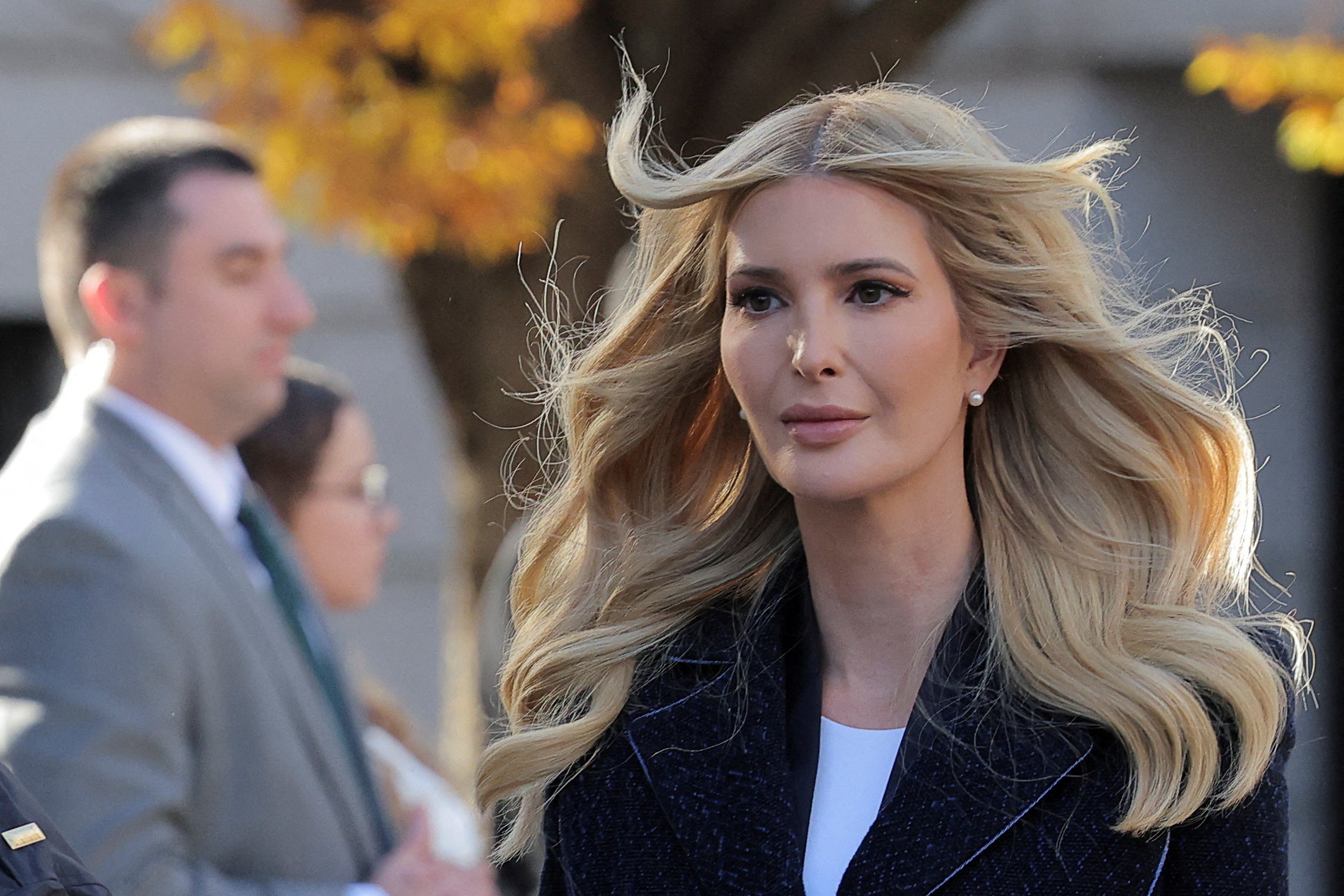
Her own penthouse in the building was heavily scrutinised by investigators. In 2011, she signed a rental agreement with an option to buy, writing in her memoir The Trump Card that she paid market value, not an “insider” price.
The lawsuit alleges she had an option to buy it for $8.5m, though the Trump Organization’s financial statements valued the property at $20.82m, counter to what she wrote in her book.
40 Wall Street
There was a lot of discussion concerning the historic skyscraper at 40 Wall Street during the trial.
According to Ms James’s office, the property was appraised by a bank in 2012 with a value of $220m, “yet in the statement that year and the next year … 40 Wall Street was valued at $527m and $530m – more than twice the value calculated by the independent, professional appraisers.”
Testimony for the defence said that the lower valuations didn’t take into account the investment potential of the building.
In his testimony, Jack Weisselberg, son of former Trump Organization CFO Allen Weisselberg and an executive director at commercial real estate firm Ladder Capital, was asked about a July 2015 $160m loan to the company for the building.
Ladder Capital cited Mr Trump’s wealth: “As of June 30, 2014, Mr Trump reported a net worth of nearly $5.8bn and liquidity in excess of $300m.”
The indictment claimed Mr Trump was worth less than half that amount that year: $2.3bn. The attorney general’s office claims this is an example of Mr Trump’s false inflation of net worth to get more favourable terms on loans than they otherwise would.
The court was shown emails between the Weisselberg father and son regarding a press inquiry about the loan which appeared to generate an internal discussion that involved Donald Trump Jr, Hope Hicks and others as to how to respond.
Trump International Hotel/ The Old Post Office, Washington DC
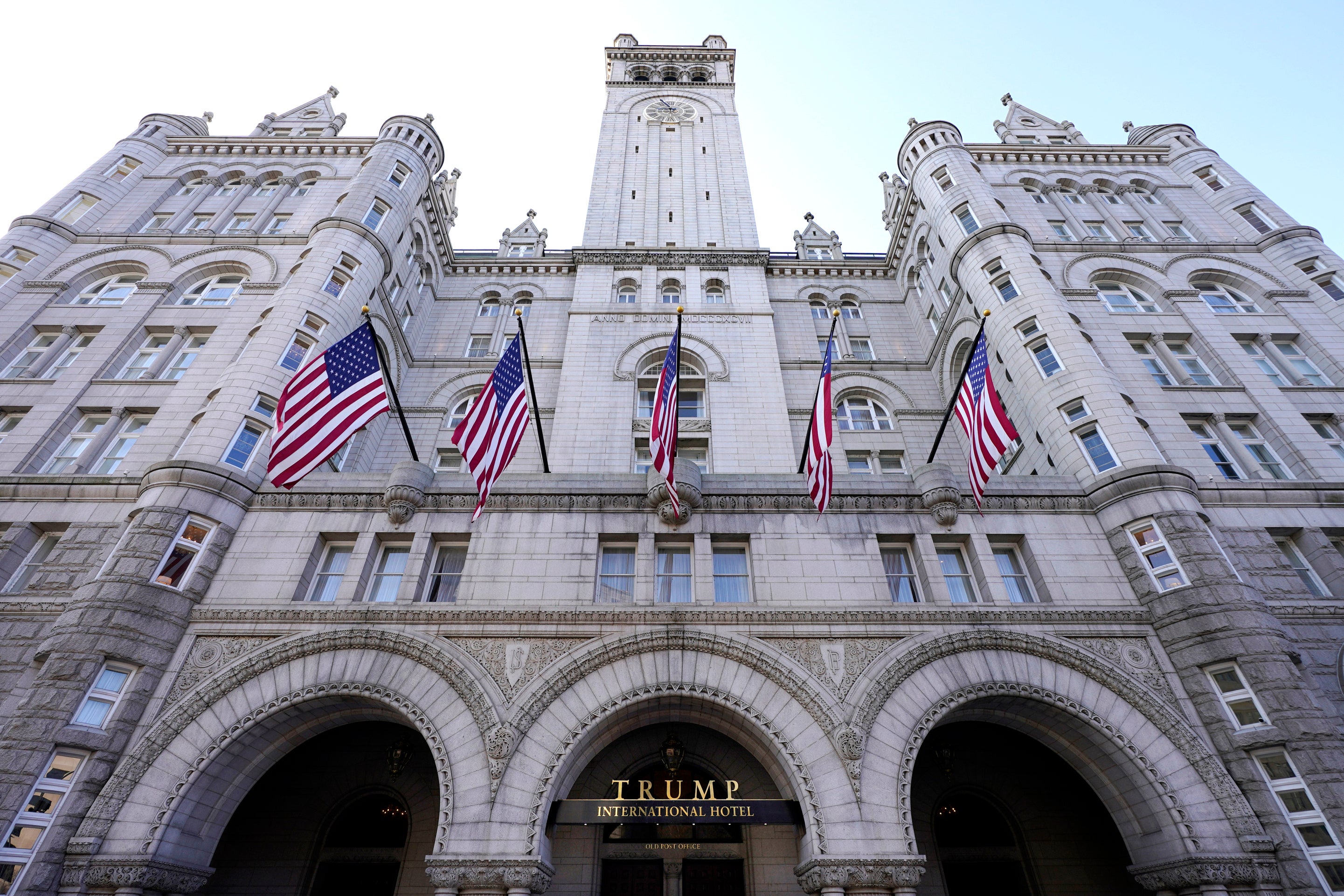
In 2013, the Trump Organization obtained a $170m loan from Deutsche Bank to turn this historic property on Pennsylvania Avenue into a luxury hotel — one that would later become synonymous with the Trump presidency.
The court heard how having obtained a ground lease from the federal General Services Administration to redevelop the Old Post Office, Ivanka Trump “captained” the project.
The terms of the $170m construction loan required Mr Trump to certify the accuracy of the statements of financial condition he used to secure the financing.
He also had to maintain $50m in cash to be available at all times; couldn’t take out any further loans over $500m; and had to maintain a net worth of $2.5bn — his actual net worth at the time was at around $1.4bn according to the New York attorney general.
The hotel opened shortly before Mr Trump won the election in 2016 and the following year Ms Trump exited the company for a role at the White House.
In May 2022, the Trump Organization sold the property for $375m, a $100m profit, “the result of the loan he was able to obtain by using his false and misleading statements,” according to the complaint.
Ms Trump personally made $4m from that sale, she confirmed in testimony.
An ‘American castle’
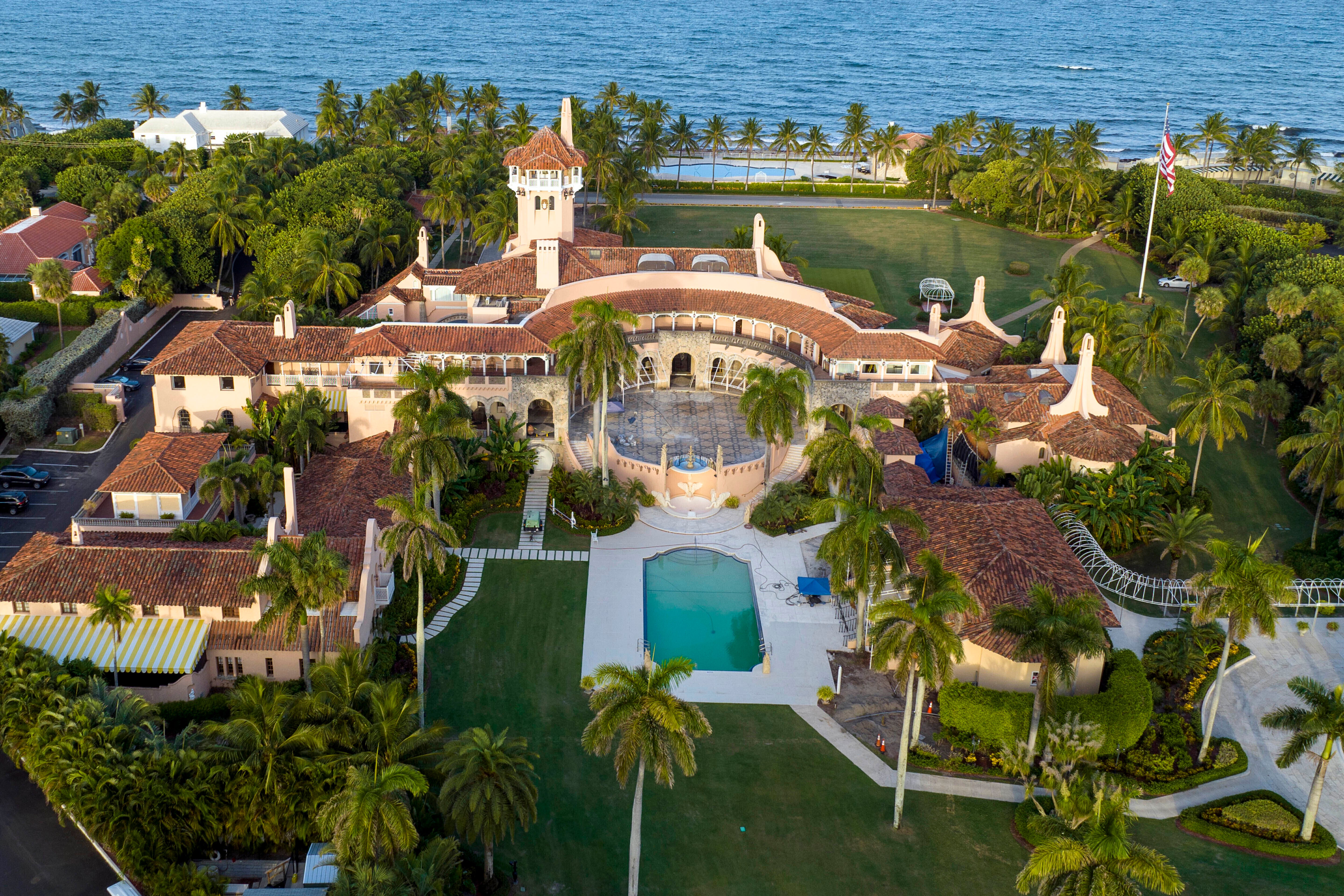
Down to Florida now, and this one really, really got under Mr Trump’s skin…
During his defence testimony, Donald Trump Jr called Mar-a-Lago an “American castle” and “one of the most spectacular estates in the entire world”.
The former president’s Florida resort property was valued as high as $739m but “in reality, the club generated annual revenues of less than $25m and should have been valued at closer to $75m”, according to the attorney general.
Judge Engoron, in a pretrial ruling, found that Mr Trump exaggerated Mar-a-Lago’s worth by as much as 2,300 per cent, compared to the Palm Beach County tax appraiser’s valuations, which ranged from $18m to $28m.
Why the massive difference? The tax assessment that the judge mentioned was based on Mar-a-Lago’s annual net operating income as a club, not on its resale value as a home or on its reconstruction cost.
The operating-income method is the county’s standard way of valuing social clubs, and the outcome carries tax benefits for Mr Trump — a $602,000 property tax bill this year, compared to approximately $18m if Mar-a-Lago were assessed at $1bn.
As the trial wore on, the former president would angrily tell the media outside the courtroom (and of course post on Truth Social) that the real value of Mar-a-Lago was $1bn… $1.5bn… perhaps even more.
He seemed to take this valuation especially personally over that of any other of his real estate holdings. The sticking point is the various covenants about usage to which the property is subject — it can only be used as a private members club, is a historical site, and cannot be redeveloped. Private homes nearby can sell for tens of millions more as they are not under such covenants.
Seeming to ignore this difference, in the Trump financial statements the property was valued as if it were a private home.
When it came to the defence case, a Florida real estate attorney testified that it could still be sold as a private home were the members club to be “abandoned”.
A realtor with years of Palm Beach experience testified he would price the “breathtaking” 17-acre property at over $1bn. Others have told the Associated Press it would sell for between $300m to $600m but if a bidding war erupted between ultrawealthy buyers that figure could indeed reach $1bn.
Trump National Doral Golf Resort & Spa, Miami, Florida
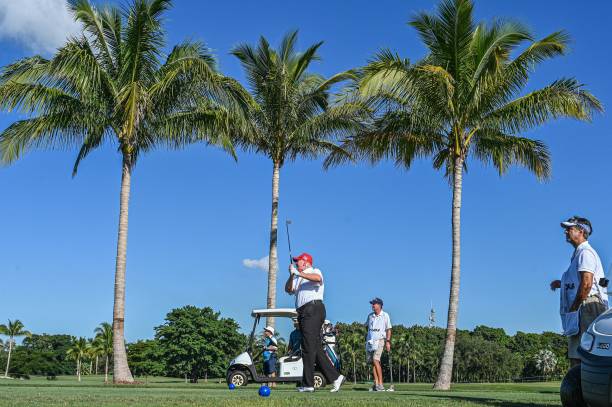
As with the Old Post Office, a loan agreement required for the Doral golf resort property obtained through Deutsche Bank required that Mr Trump “certify the truth and accuracy” of his statements as a condition of the loan.
At trial, a 2011 email from Ivanka Trump appeared to show that the bank would only agree to finance the Doral project on the condition that Mr Trump covered the principal, interest, and operating income of each asset, along with proof that he had a net worth of at least $3bn – excluding “any value” related to his “brand value”.
An executive with the Trump Organization responded to Ms Trump’s message about the “net worth” clause with some concerns. “The net worth covenants and DJT indebtedness limitations would seem to be a problem?”
According to the attorney general, Mr Trump’s net worth at the time was $1.6bn. The Trump Organization claimed on statements of financial condition that it was $4.3bn.
During her testimony, Ms Trump spoke fondly of her role in the project spearheading the accommodation and resort side of the property while her father concentrated on the golf course.
On the other side of the deal, former Deutsche Bank banker Nicholas Haigh was asked about the pros the bank listed for lending Mr Trump the $125m he needed.
They were the financial strength of the guarantor ($2.5bn net worth, good liquidity and $48m in cash flow — they wrote); the nature of the personal guarantee; Trump’s operating experience; and the expected enhanced value of the course after improvements.
Testimony at the trial noted the difficulty in assigning valuations to properties such as golf courses given the very small buyers’ market.
So what does this all mean?
To recap — The Trump team argues that every loan was paid on time and in full. There were no complaints from the lenders who made money off interest payments and went on to do more business with the company, enjoying a friendly relationship with the Trumps.
Several bankers testified that they expected unaudited financial statements like Mr Trump’s to be generally accurate but understood them as estimates and internally made “haircuts” that at times lopped billions off Trump’s net worth, which still left it at over $2 billion.
Mr Trump repeatedly said his financial statements included disclaimer clauses about accuracy and that banks are responsible for their own due diligence — a central part of his defence.
The New York attorney general argues that in falsifying valuations and documentation the Trump Organization was getting loans on far more favourable terms than they would otherwise — if they were able to get the loan at all — had the banks known the true state of Mr Trump’s finances.
It should be noted that Mr Trump has gone bankrupt multiple times in the past and so many financial institutions were sceptical of dealing with him, indeed Deutsche Bank stands out in this regard.
During the trial, Michael McCarty, chairman and CEO of investment bank MM Dillion & Co, and an expert on disgorgement, presented a report to demonstrate how much by his calculations various parties were defrauded.
Had the statements of financial condition at the heart of the case been accurate, Mr McCarty believes key properties including those mentioned above would have been rated BB or “non-investment grade” (as opposed to A, with a risk premium of zero).
The resulting lost interest for lenders for the Trump International Hotel & Tower Chicago, Trump National Doral Golf Club, Trump International Hotel at the Old Post Office, and 40 Wall Street, by his calculation, amounts to $1.68m.
Mr Trump’s lawyers objected to this testimony, arguing there was no evidence from the banks that they would not have lent the money nor that they would have lent it at a different rate.
Nevertheless, in a pretrial ruling last month, Judge Engoron found that Mr Trump and his co-defendants had committed years of fraud by exaggerating the value of Trump’s assets and net worth on his financial statements.
As punishment, he ordered that a court-appointed receiver take control of some Trump companies, putting the future of the real estate empire in doubt. An appeals court has blocked enforcement of that aspect of Judge Engoron’s ruling, at least for now.
The actual trial dealt with the remaining allegations of conspiracy, insurance fraud and falsifying business records and what ramifications there would be for the Trump Organization.
The New York attorney general sought $370m in penalties and a ban on the Trumps doing business in New York. Ultimately, Justice Engoron found in Ms James’s favour.
Join our commenting forum
Join thought-provoking conversations, follow other Independent readers and see their replies
Comments
Bookmark popover
Removed from bookmarks